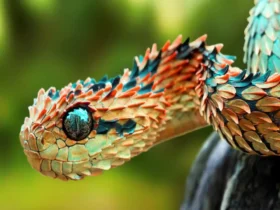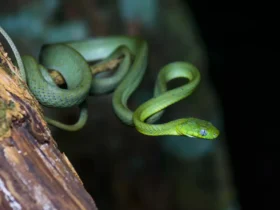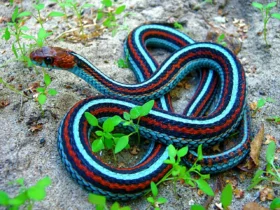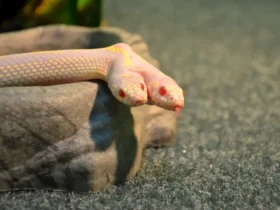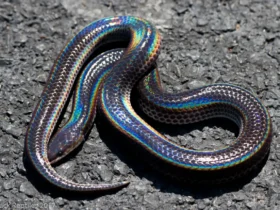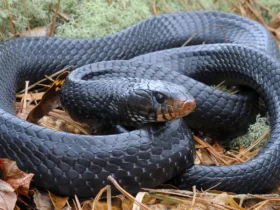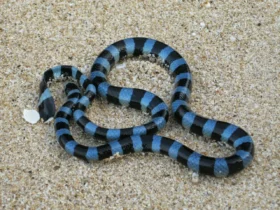The Ashy Kukri Snake (Oligodon cinereus) is a mesmerizing creature found in the diverse ecosystems of Southeast Asia. With its unique physical characteristics and intriguing behaviors, this non-venomous snake has captured the attention of herpetologists and nature enthusiasts alike. In this article, we delve into the captivating world of the Ashy Kukri Snake, shedding light on its appearance, habitat, and remarkable adaptations.
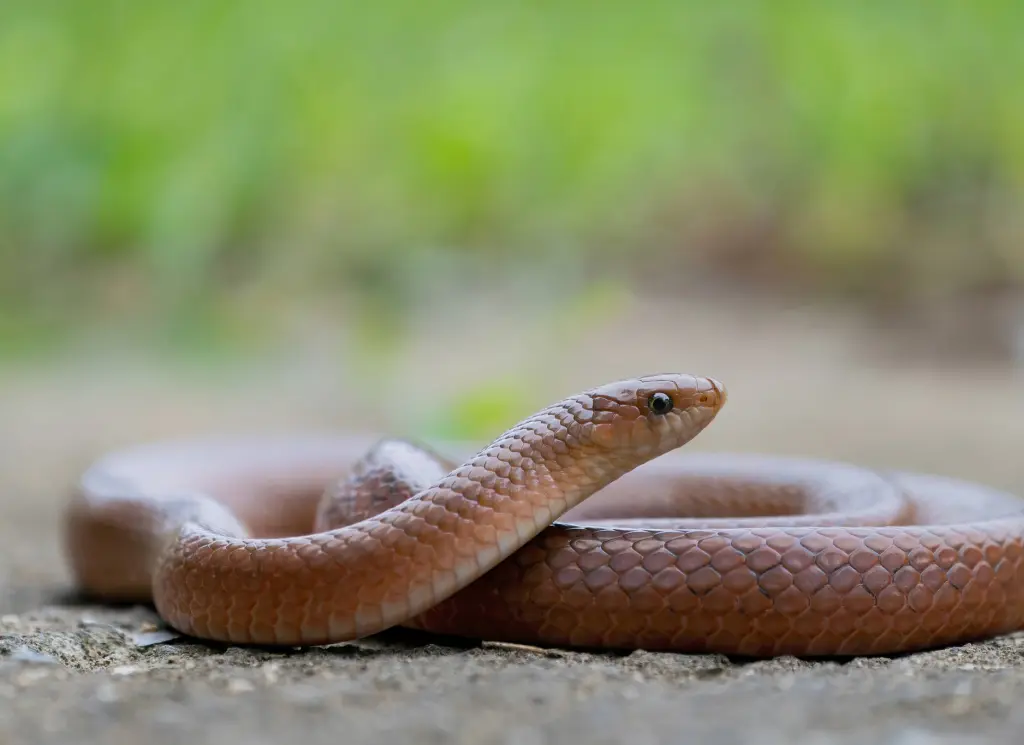
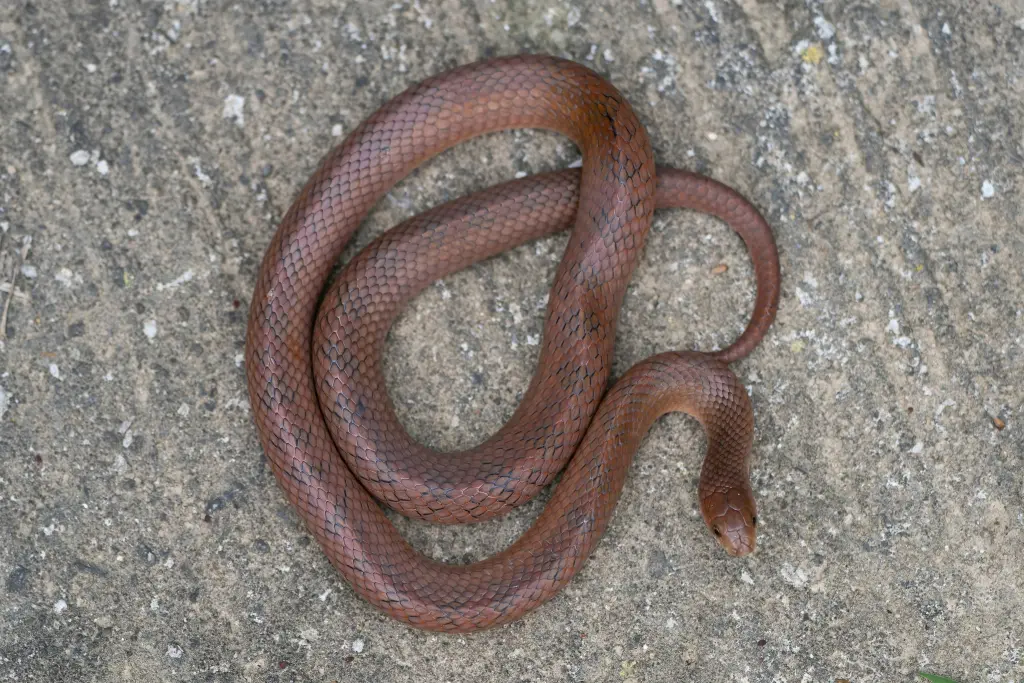

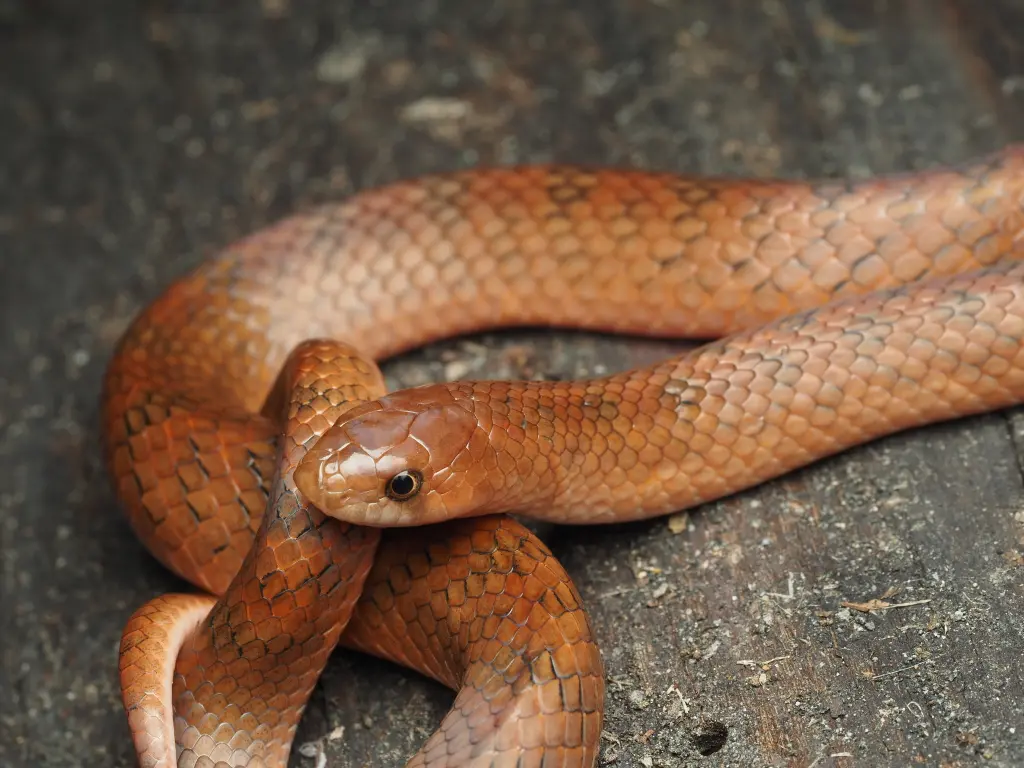
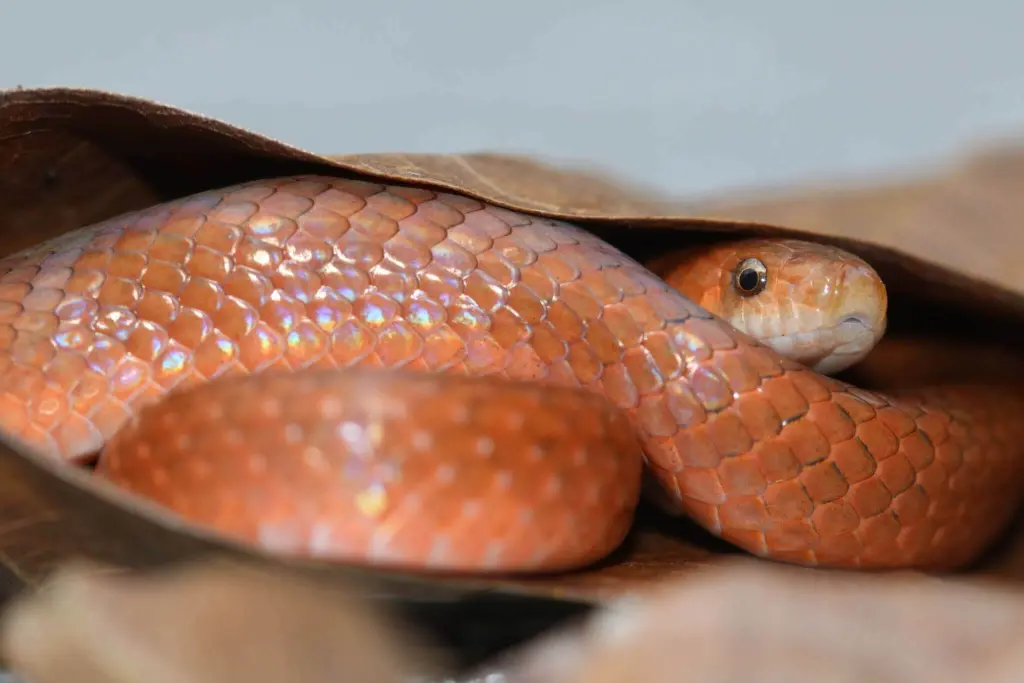
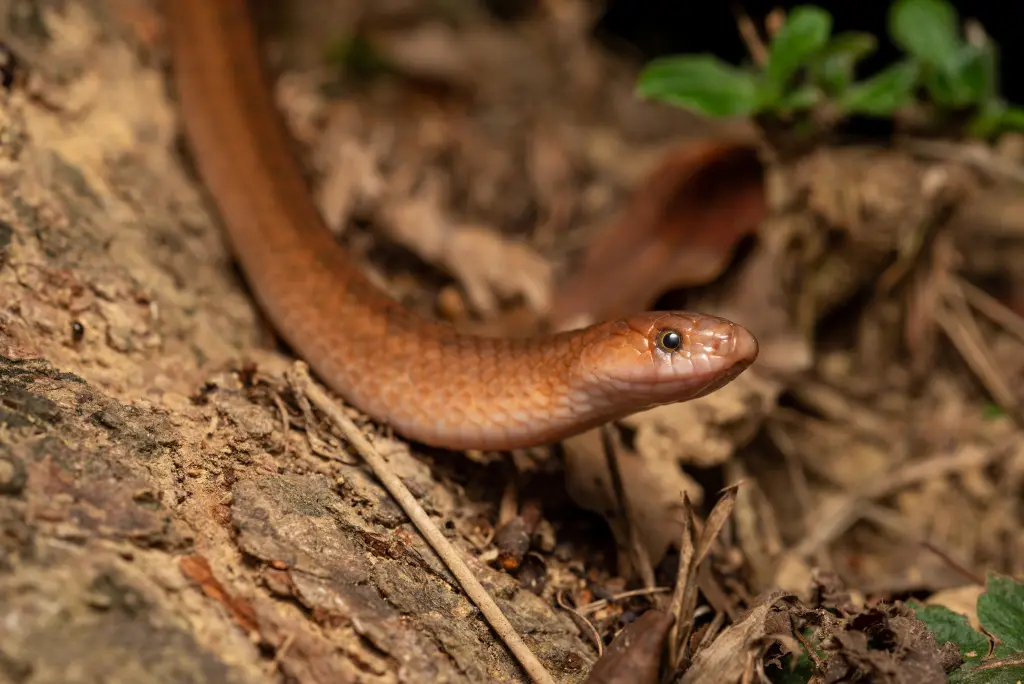
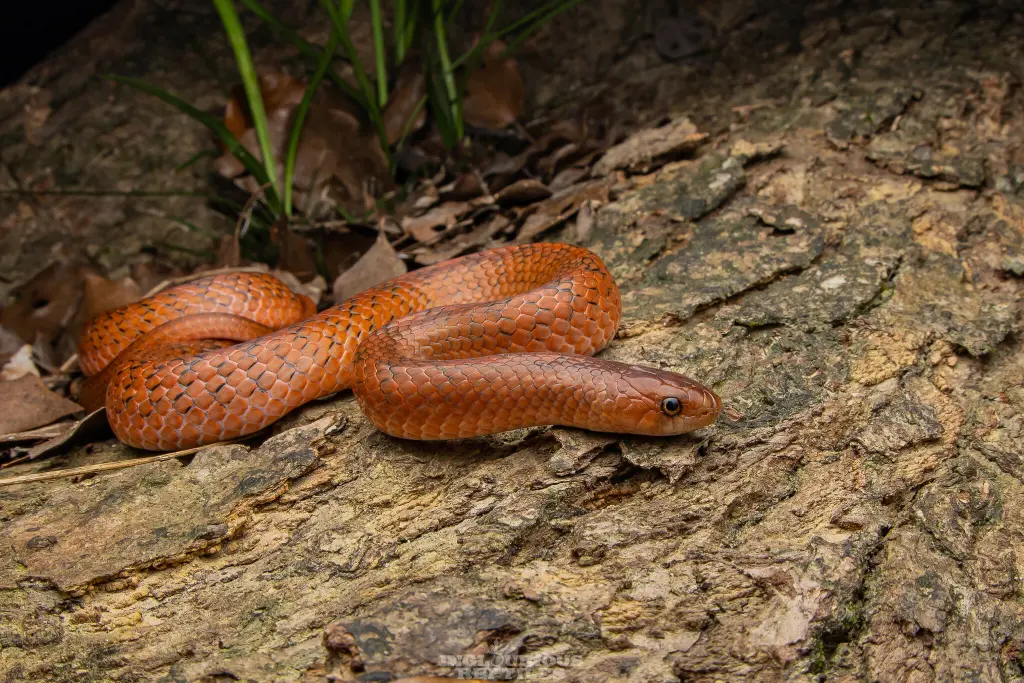
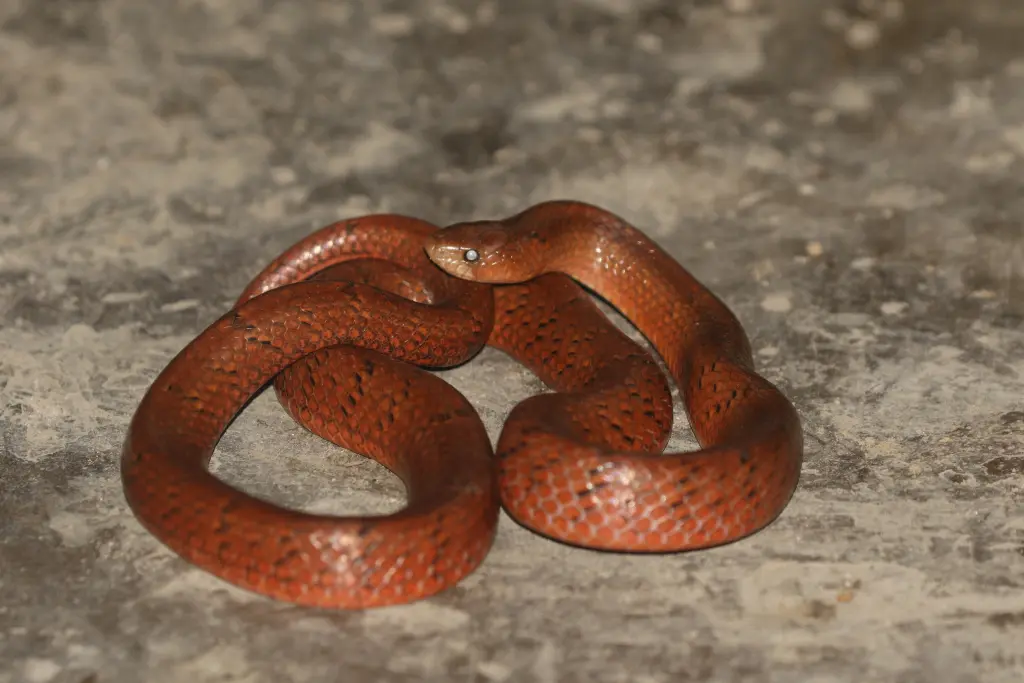
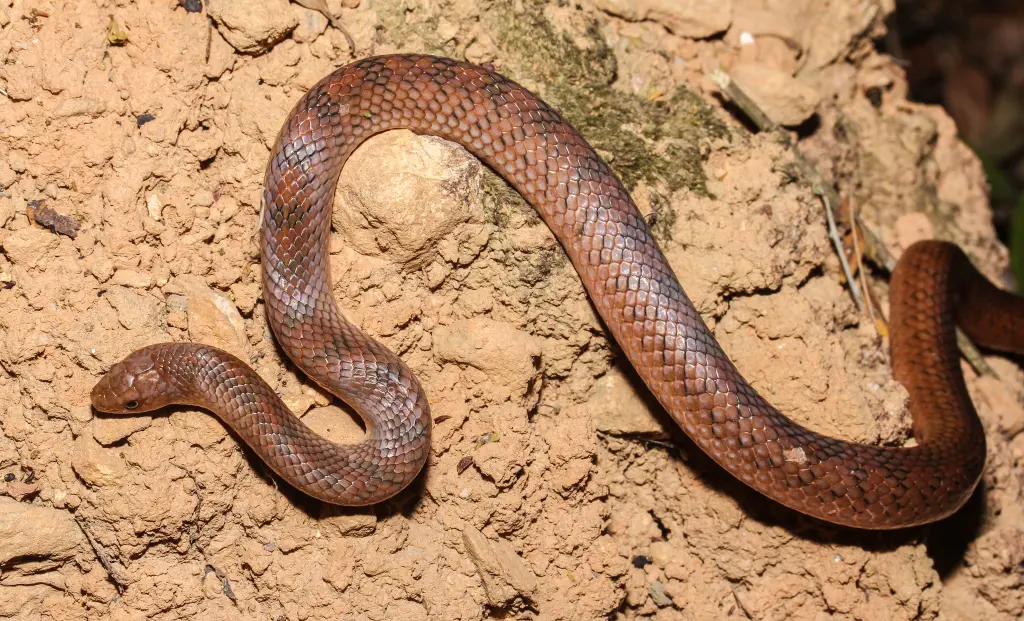
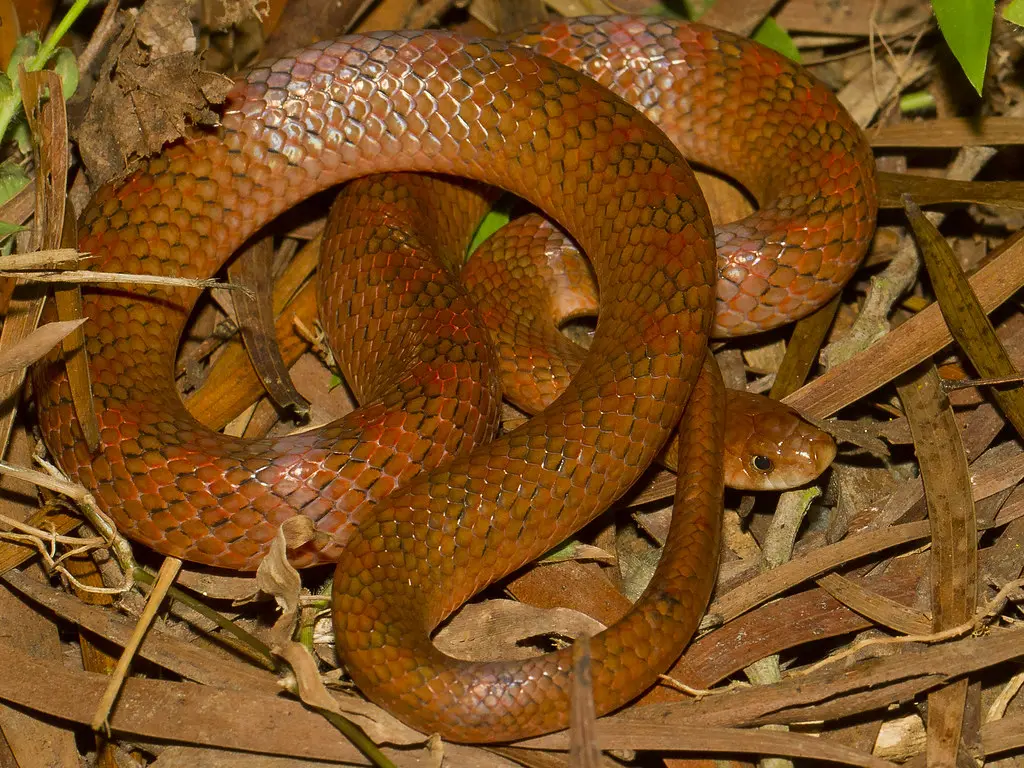
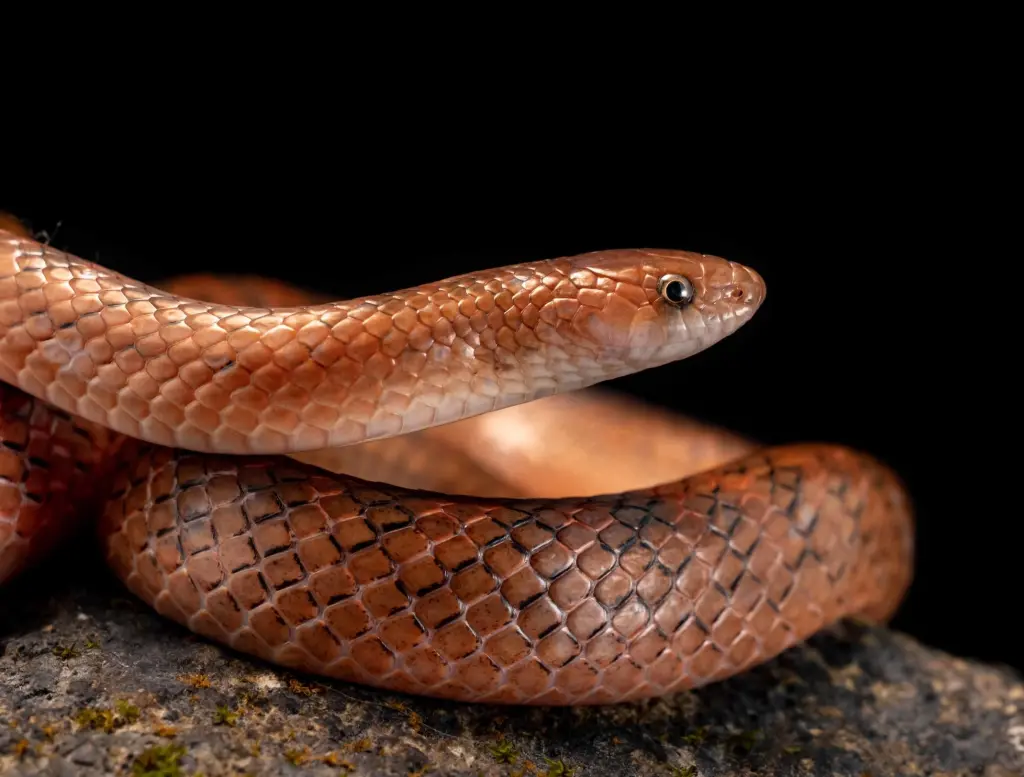
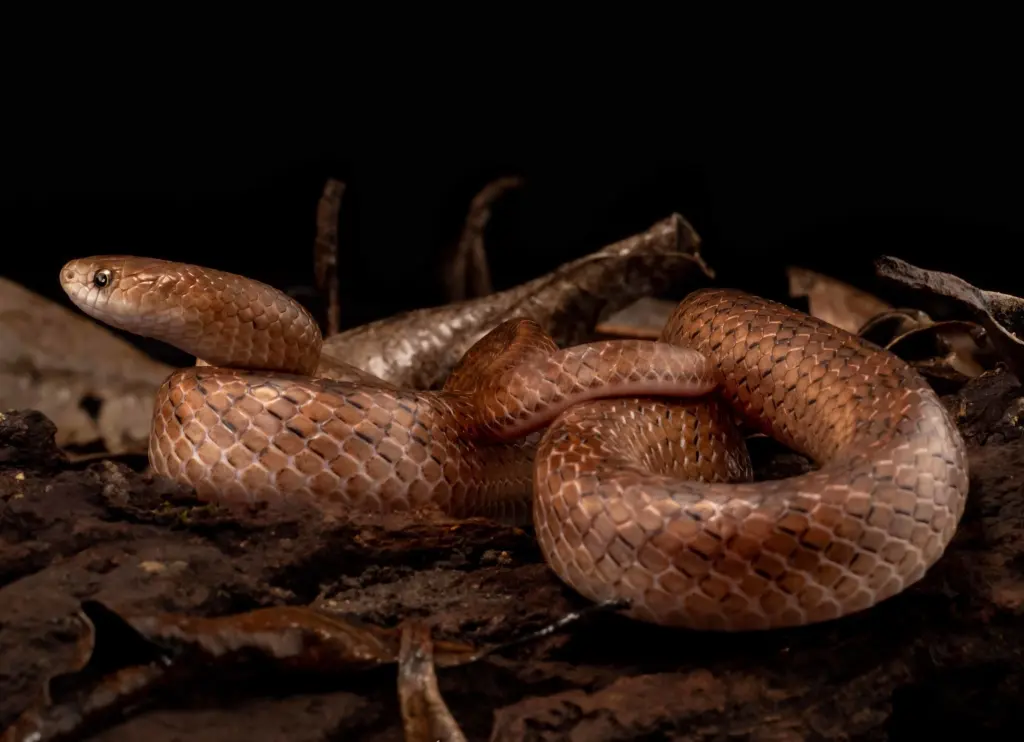
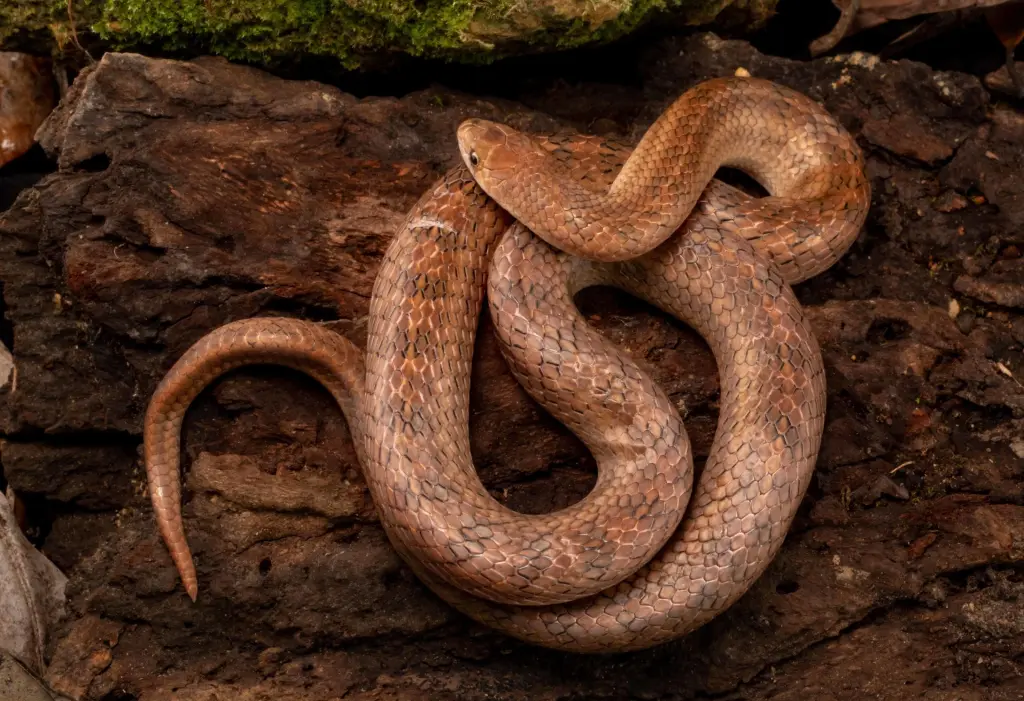
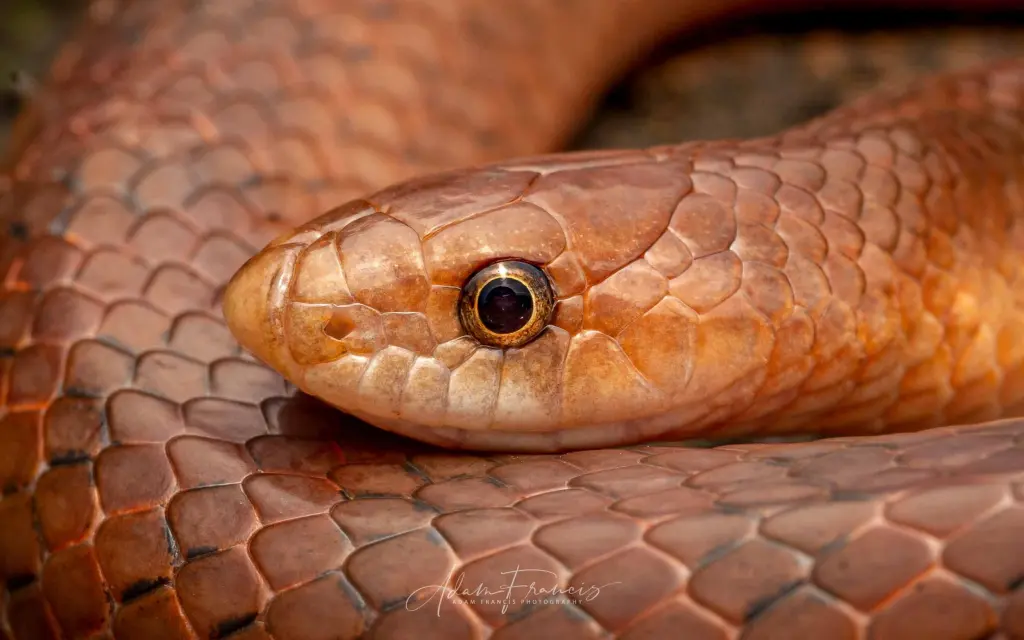
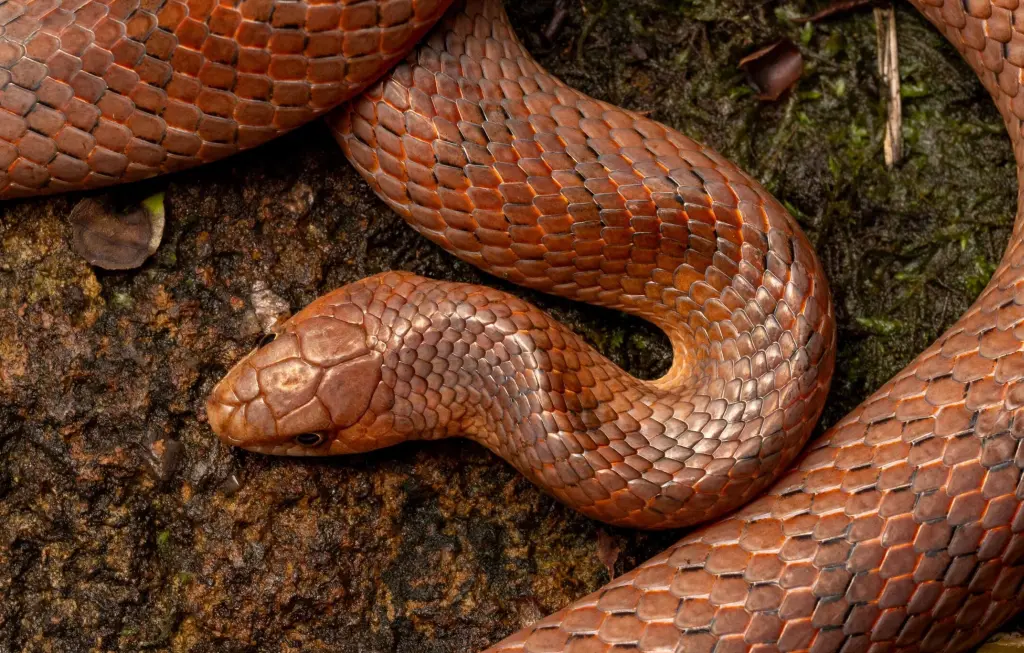
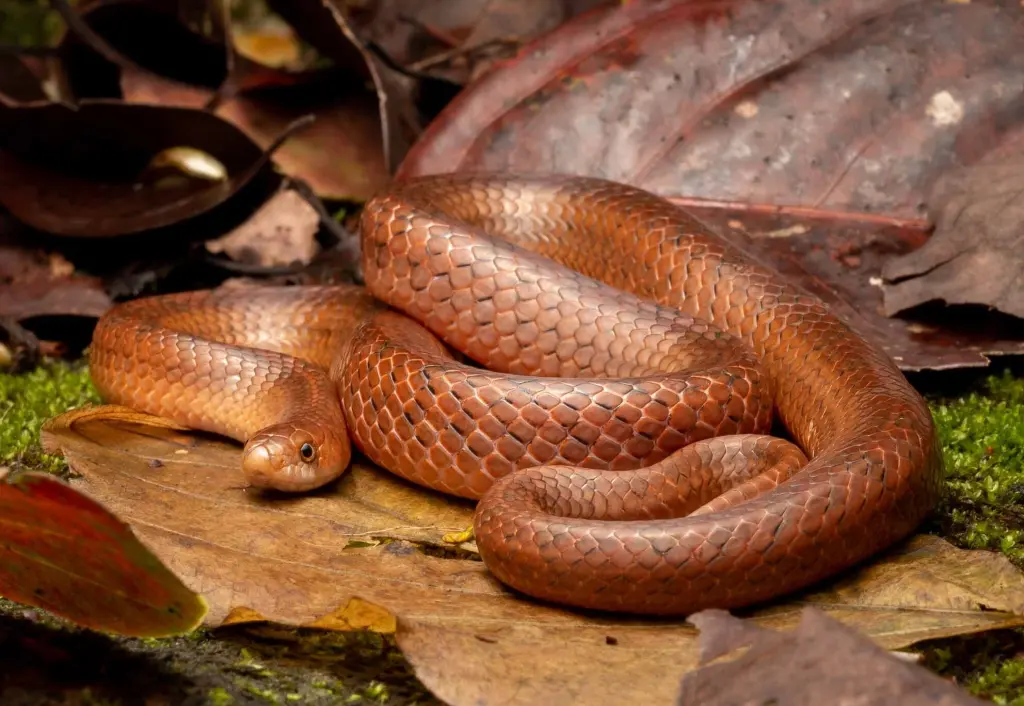
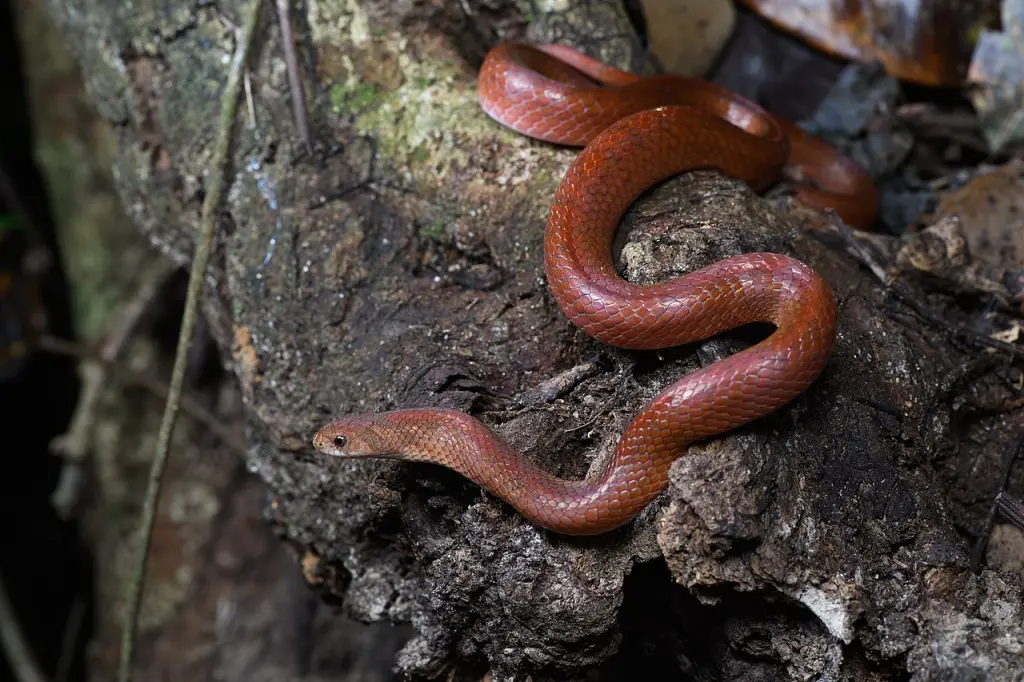
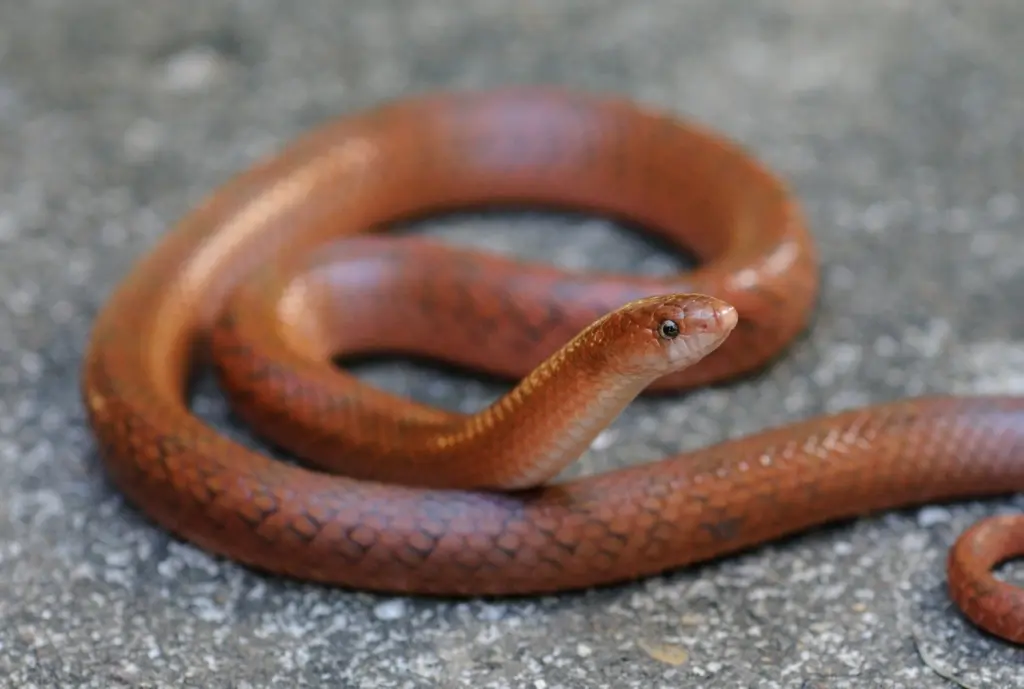
A Sleek and Beautiful Appearance
The Ashy Kukri Snake, also known as the Cinereous Kukri Snake, boasts a sleek and slender body, typically measuring between 40 to 70 centimeters in length. Its coloration varies from shades of gray to brown, often adorned with darker patterns or bands along its back. This camouflaging coloration allows the snake to blend seamlessly with its surroundings, providing effective concealment from potential predators and prey.
Wide Distribution and Habitat
The Ashy Kukri Snake inhabits a diverse range of habitats throughout its distribution range, which includes countries such as Thailand, Malaysia, Indonesia, and parts of India. These adaptable serpents can be found in various ecosystems, including forests, grasslands, and even human-modified landscapes. They are excellent climbers and are often spotted in trees, bushes, or on the forest floor.
Feeding Habits and Diet
As opportunistic hunters, Ashy Kukri Snakes possess a broad diet that primarily consists of small vertebrates. Their slender body shape enables them to search for prey in tight spaces, such as crevices, leaf litter, and tree bark. Insects, lizards, frogs, and small rodents are among their preferred food sources. Utilizing their sharp, recurved teeth, they efficiently capture and swallow their prey whole.
Adaptations for Survival
The Ashy Kukri Snake exhibits several remarkable adaptations that aid in its survival in the wild. One notable feature is its enlarged rear teeth, which assist in gripping and swallowing larger prey. Additionally, these snakes possess heat-sensing organs called “pit organs” located between their eyes and nostrils. These organs enable them to detect and strike at warm-blooded prey, even in darkness or low light conditions.
Reproductive Behavior
During the breeding season, male Ashy Kukri Snakes engage in intense combat to secure mating rights with females. These battles involve intertwining their bodies and pushing against each other, showcasing their strength and determination. Once mating occurs, females lay elongated eggs in secluded locations, such as decaying logs or leaf litter. After an incubation period of several weeks, the young hatchlings emerge, fully equipped to embark on their independent journeys.
Final Thought
The Ashy Kukri Snake is a captivating species that thrives in the biodiversity-rich landscapes of Southeast Asia. Its slender body, intricate coloration, and unique adaptations contribute to its success as an elusive predator. While this article has explored the physical attributes and behaviors of the Ashy Kukri Snake, there is still much more to learn about this fascinating serpent. By continuing to study and appreciate these incredible creatures, we can deepen our understanding of the intricate web of life that exists within our natural world.
